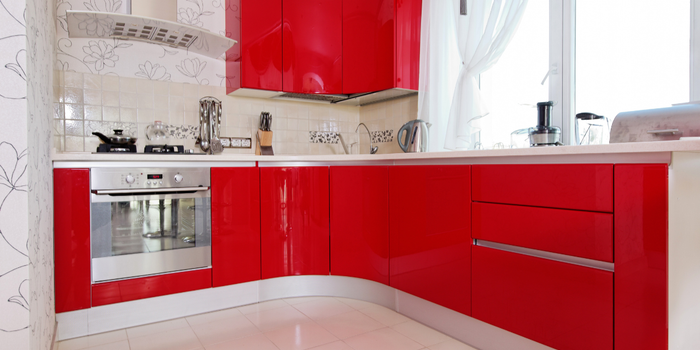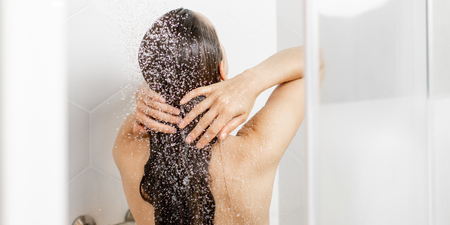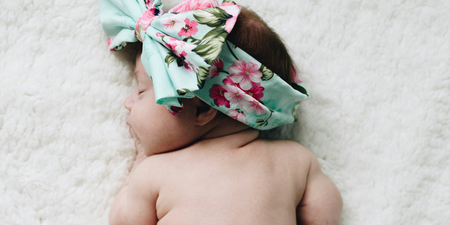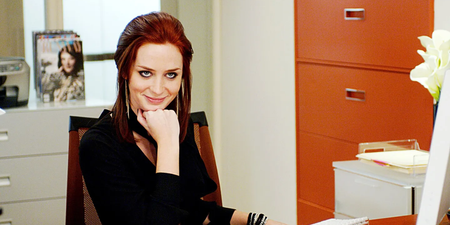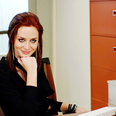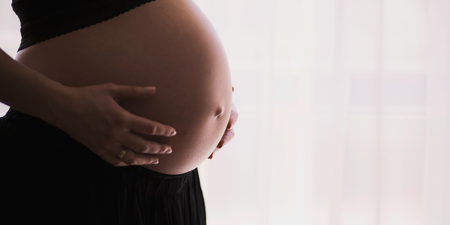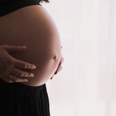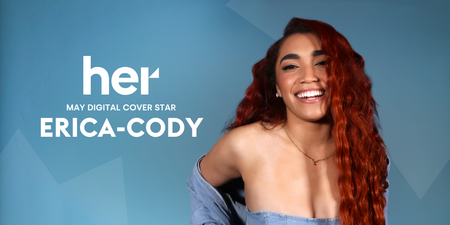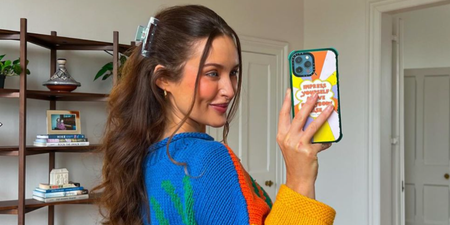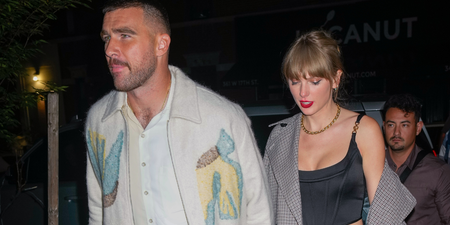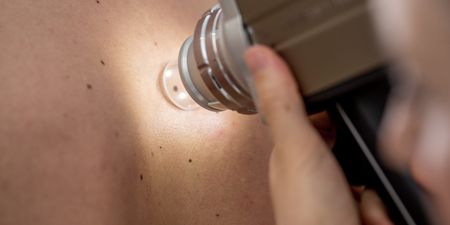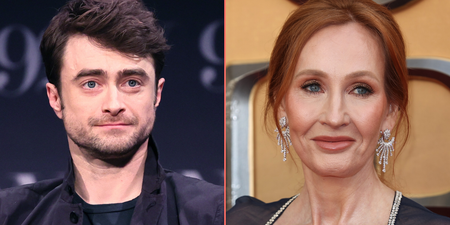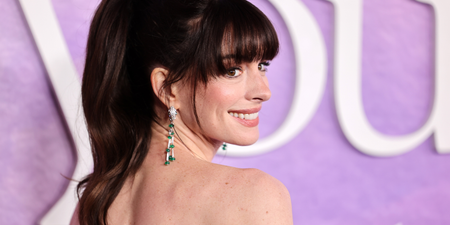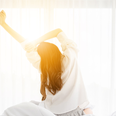This year feels like the era of colour when it comes to interior design
To be fair it’s about time, there’s only so many times we can see all-white homes with exposed cement walls and cold-looking tile floors before we’ve got a belly full of it.
We’re celebrating the era of dopamine decor, maximalism and Art Deco-inspired interiors fully.
Now joining the rainbow-coloured crew is something called the unexpected red theory and we’re happy to welcome it with open arms.
So what is it and how can you incorporate it into your home?
What is the unexpected red theory?
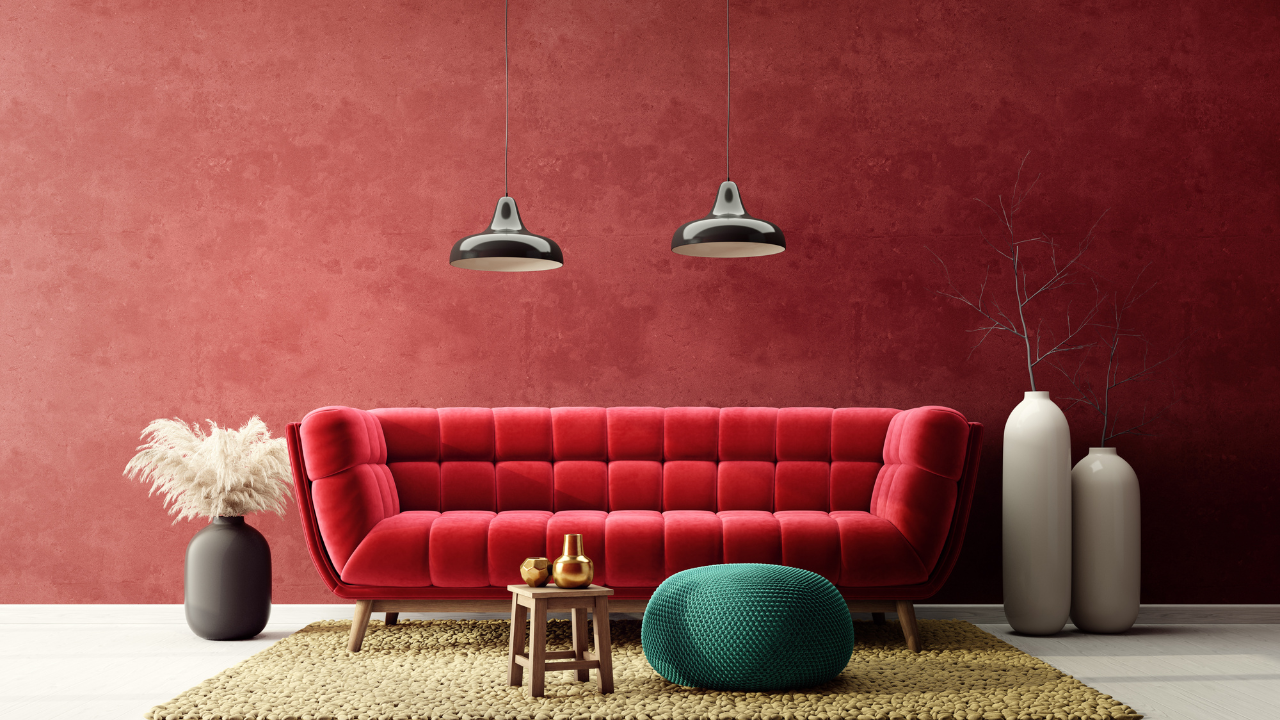
Thankfully it seems that despite the intimidating-sounding name, it’s exactly what it says on the tin.
It’s a term recently coined by Brooklyn-based designer Taylor Migliazzo Simon on TikTok.
It describes the interior design phenomenon by which adding a pop of red instantly improves the look of any space, especially in places where it shouldn’t necessarily make sense.
It’s the idea that adding just a pop of red to a space can make it feel more cohesive.
What you classify as a pop of red is totally down to personal opinion, do a full wall, make it a vase or just a rug, it’s all up to you.
On top of this, the possibility of shades is endless, burgundy and blush, crimson and scarlet, candy apple and carnelian, it can be vibrant or muted depending on your taste.
Why does it work?
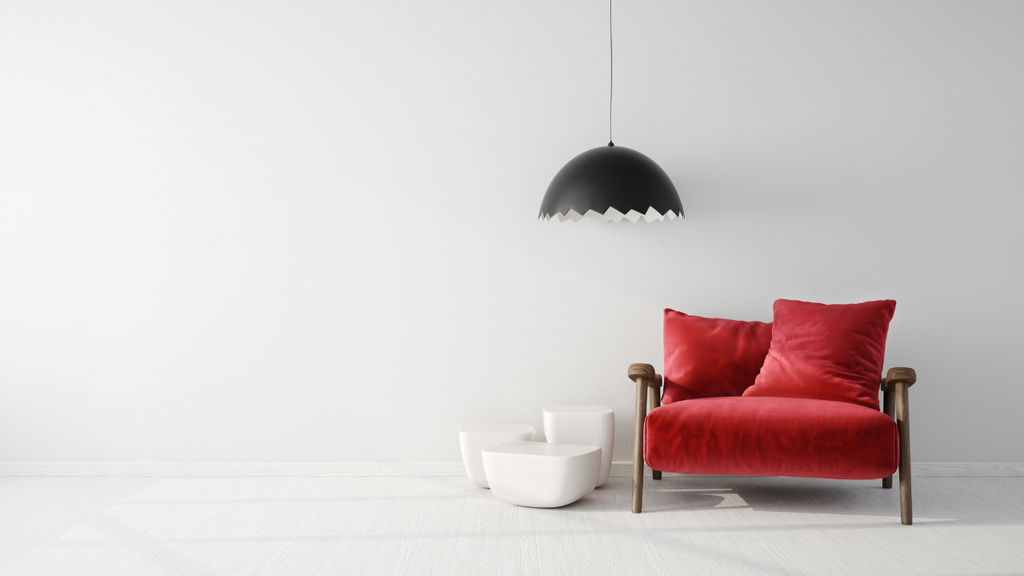
Turns out there’s a bit of a science to it all.
“Red is a primary colour that undulates throughout every other colour,” explains Carolyn Ames Noble, former American Society of Interior Designers.
“So, you will either find red or the complement of red in some form in all colours.”
Red is one of the most visible colours in the colour spectrum.
“It can instantly grab your attention and imbue energy into a space,” says interior designer Debbie Mathews. “Adding a bit of the ‘unexpected’ can make a space feel imperfect and interesting and therefore less contrived and serious.”
Perhaps the best part of this interior trend is its relatively low commitment, there’s no need to apply for planning permission!
READ MORE:
- A quarter of women have been pressured to return to work early after health issues
- ‘Bras should be exempt from VAT to prevent women paying extortionate prices for a basic necessity’
- Can certain foods help reduce PCOS symptoms? Experts weigh in
- Stealing your partner’s hoodie is actually good for you, science says
